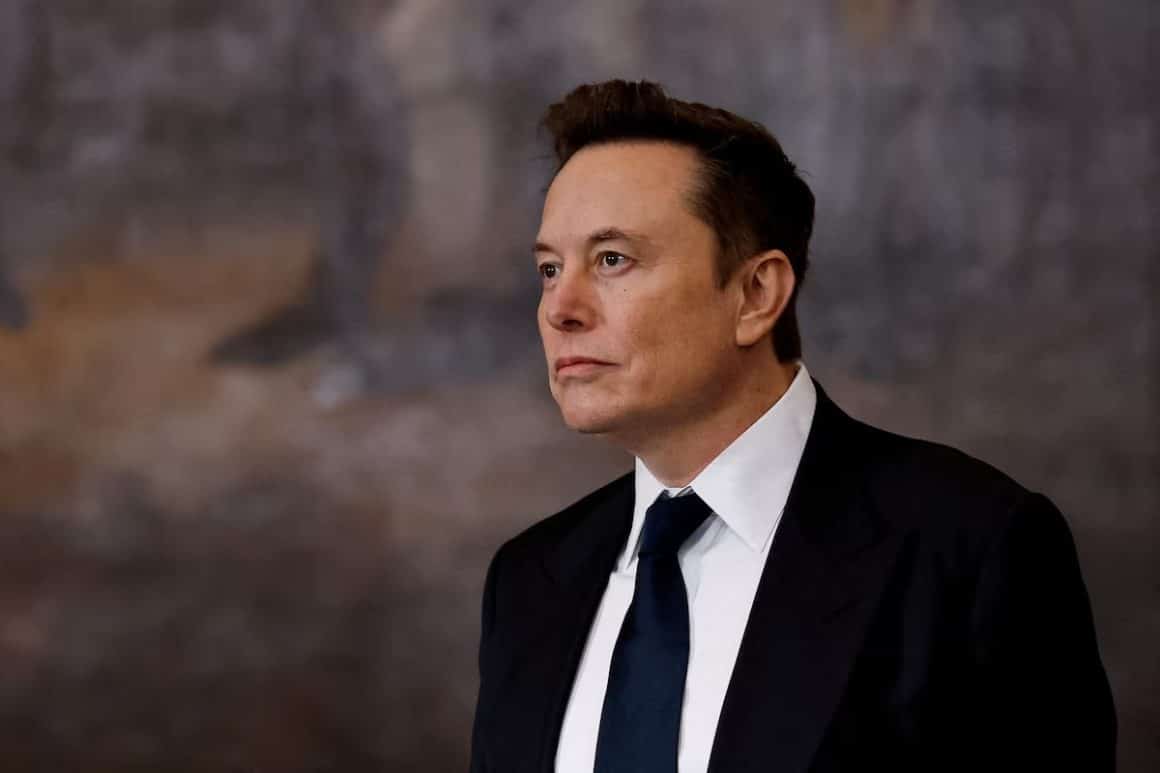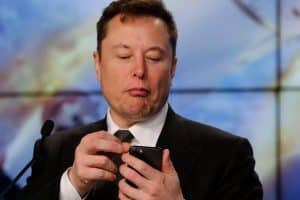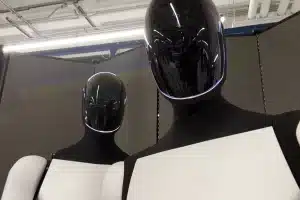Key Takeaways
- 2025 is expected to be a pivotal year for Tesla, with significant advancements in autonomous technology, as stated by Elon Musk.
- Tesla plans to produce several thousand Optimus humanoid robots by the end of 2025, aiming for useful applications within Tesla factories.
- Unsupervised fully self-driving (FSD) cars are projected to roll out, facing challenges mainly from regulatory scrutiny rather than technical capability.
- A more affordable Tesla model is anticipated to hit the market, with an estimated cost of around $25,000, potentially boosting Tesla’s sales and market presence.
- Elon Musk is confident that Tesla will achieve autonomy breakthroughs, shrugging off past skepticism and describing FSD as a “self-driving wolf.”
As we gaze into the technological horizon, 2025 emerges as a pivotal year for Tesla Inc., a year predicted to bring groundbreaking advancements in autonomous technology. This ambitious forecast is fueled by predictions from Elon Musk, the visionary CEO of Tesla, who has consistently been at the forefront of automotive innovation. Let’s delve into what makes 2025 a landmark year for Tesla, focusing on the production of Optimus humanoid robots, the rollout of fully self-driving cars, and the introduction of a more affordable Tesla model.
The Rise of Optimus: Tesla’s Humanoid Robots
Tesla’s vision for 2025 includes the production of several thousand Optimus humanoid robots. These robots are not just another technological marvel but a response to real-world applications. They are expected to be deployed within Tesla’s factories, performing tasks that are repetitive, mundane, or even hazardous for human workers. This move is part of Tesla’s broader strategy to streamline its operational processes while harnessing the capabilities of autonomous technology.
- Utility in Factories: The introduction of the Optimus robots signifies Tesla’s commitment to improving efficiency in its manufacturing processes. By engaging robots to handle “boring” and “dangerous” tasks, Tesla not only ensures greater safety but also enhances productivity.
- Production Goals: Tesla aims to increase the production volume rapidly, with a target that might not fully reach 10,000 units by year’s end but is nevertheless ambitious. The learning from these robots in 2025 will pave the way for “production design 2” anticipated in 2026.
Self-Driving Cars: Regulation and Realization
Tesla has long been synonymous with innovation in electric vehicles, especially in autonomous driving technology. In 2025, Tesla plans to take a significant step forward by rolling out fully self-driving (FSD) cars. However, while the technology to achieve unsupervised FSD is within grasp, regulatory hurdles present a significant challenge.
- Regulatory Scrutiny: The development and deployment of FSD vehicles are closely monitored by regulatory bodies, owing to past incidents and the inherent safety concerns of autonomous driving. Despite this, Musk asserts that Tesla’s technological capabilities are poised to overcome these barriers.
- Rollout Strategy: Tesla’s strategic approach includes deploying FSD technology in a limited capacity initially, with plans to achieve unsupervised operations across several US cities by the end of the year and nationwide rollout in subsequent years.
Affordable Innovation: Unveiling Tesla’s Budget-Friendly Model
Amidst the high-tech buzz, Tesla is not losing sight of its mass-market appeal. Elon Musk has announced a paradigm shift with the introduction of a sub-$30,000 Tesla model, which could revolutionize the EV market landscape.
- Cost and Accessibility: With an estimated price of around $25,000, this new model is poised to open the doors of Tesla ownership to a broader audience. This move is not merely about expanding consumer reach but also about consolidating Tesla’s market position in the face of increasing global competition.
- Production Platform: The new model is expected to be built on Tesla’s next-generation vehicle platform, sharing production resources with the anticipated Cybercab robotaxi. This streamlined production approach reflects Tesla’s commitment to sustainability and innovation.
Elon Musk’s Vision: A Self-Driving Future
Elon Musk’s bold statement of Tesla achieving breakthroughs in autonomy reflects his unwavering confidence in the company’s technological direction. Described metaphorically as a “self-driving wolf,” this advancement in FSD technology represents a paradigm shift, dispelling skepticism and setting new benchmarks for the industry.
In conclusion, 2025 is not just another year for Tesla; it is a transformative period heralding significant technological advancements, greater market inclusivity, and strategic maneuvers to solidify its position as a leader in real-world AI and autonomous driving. Elon Musk’s vision is gradually unfolding, promising a future where mobility meets innovation at an unprecedented scale.





